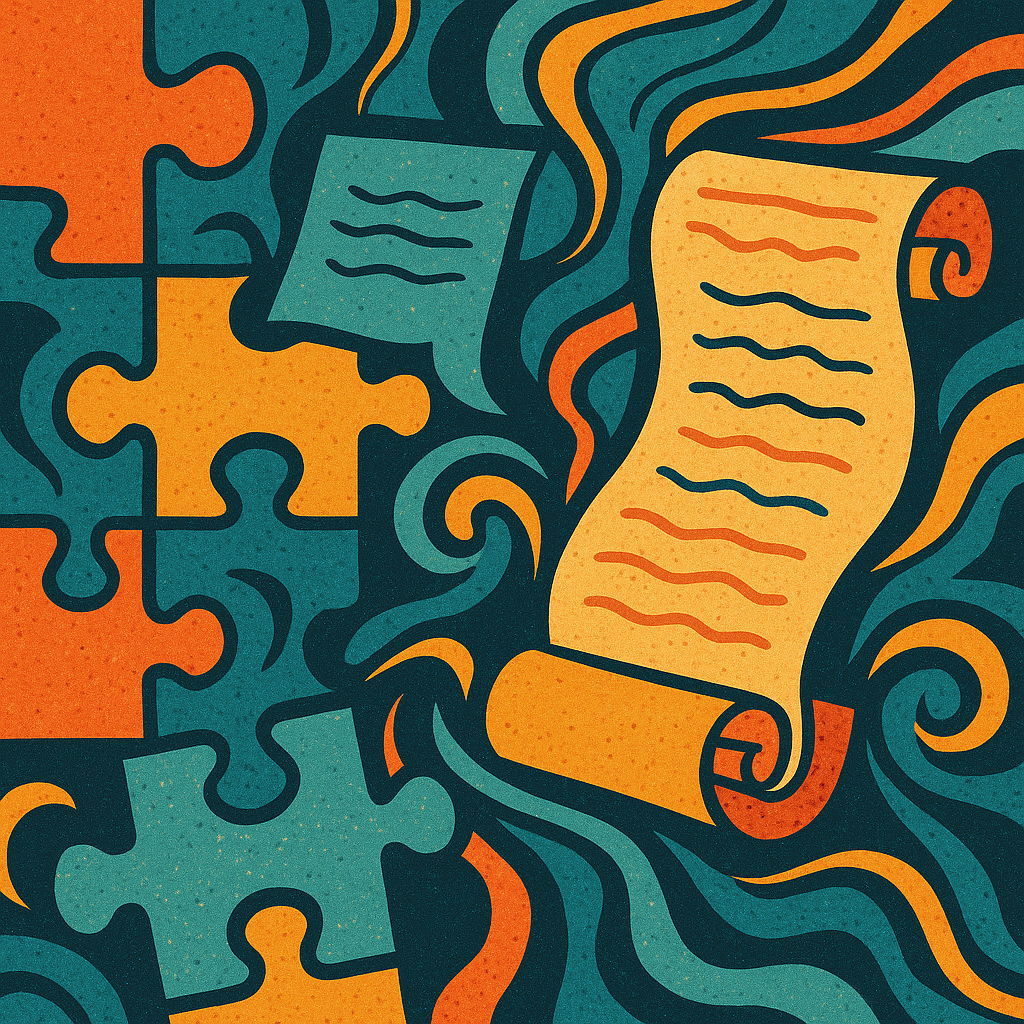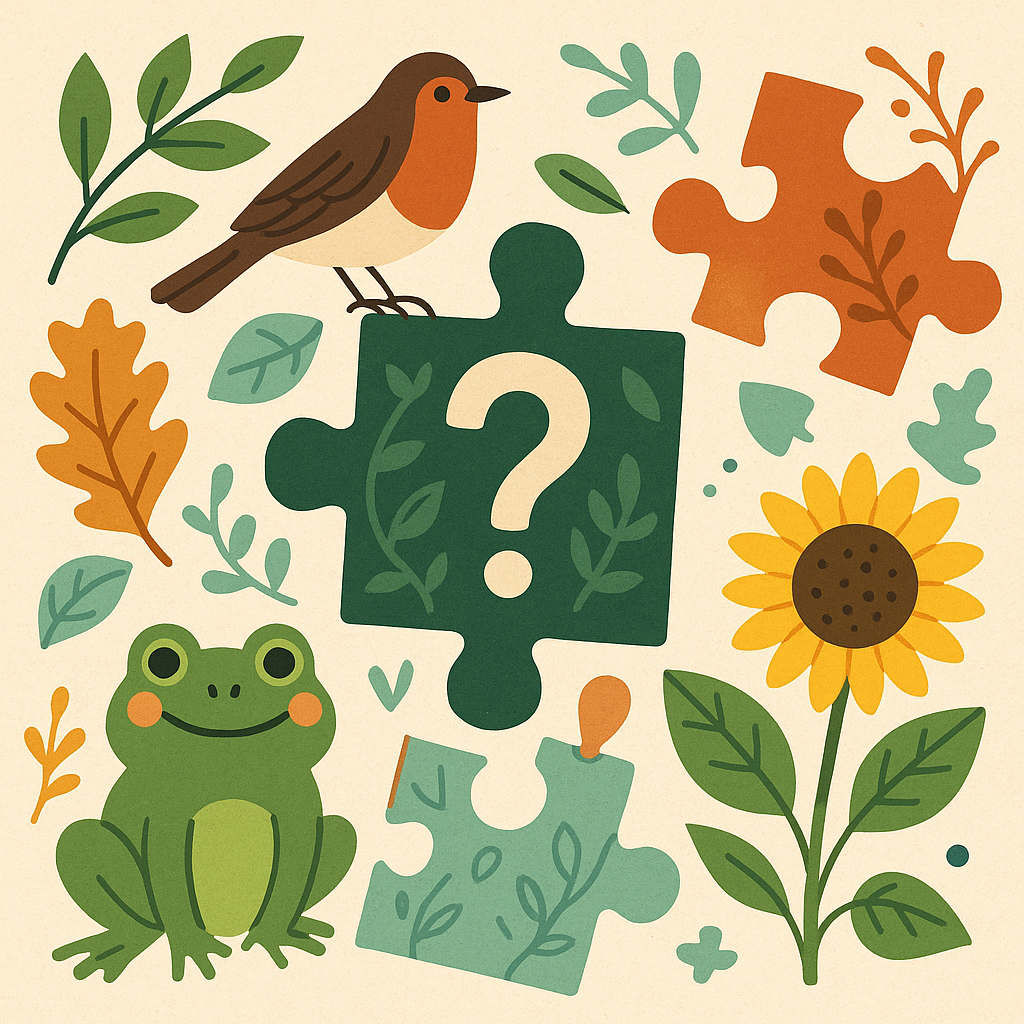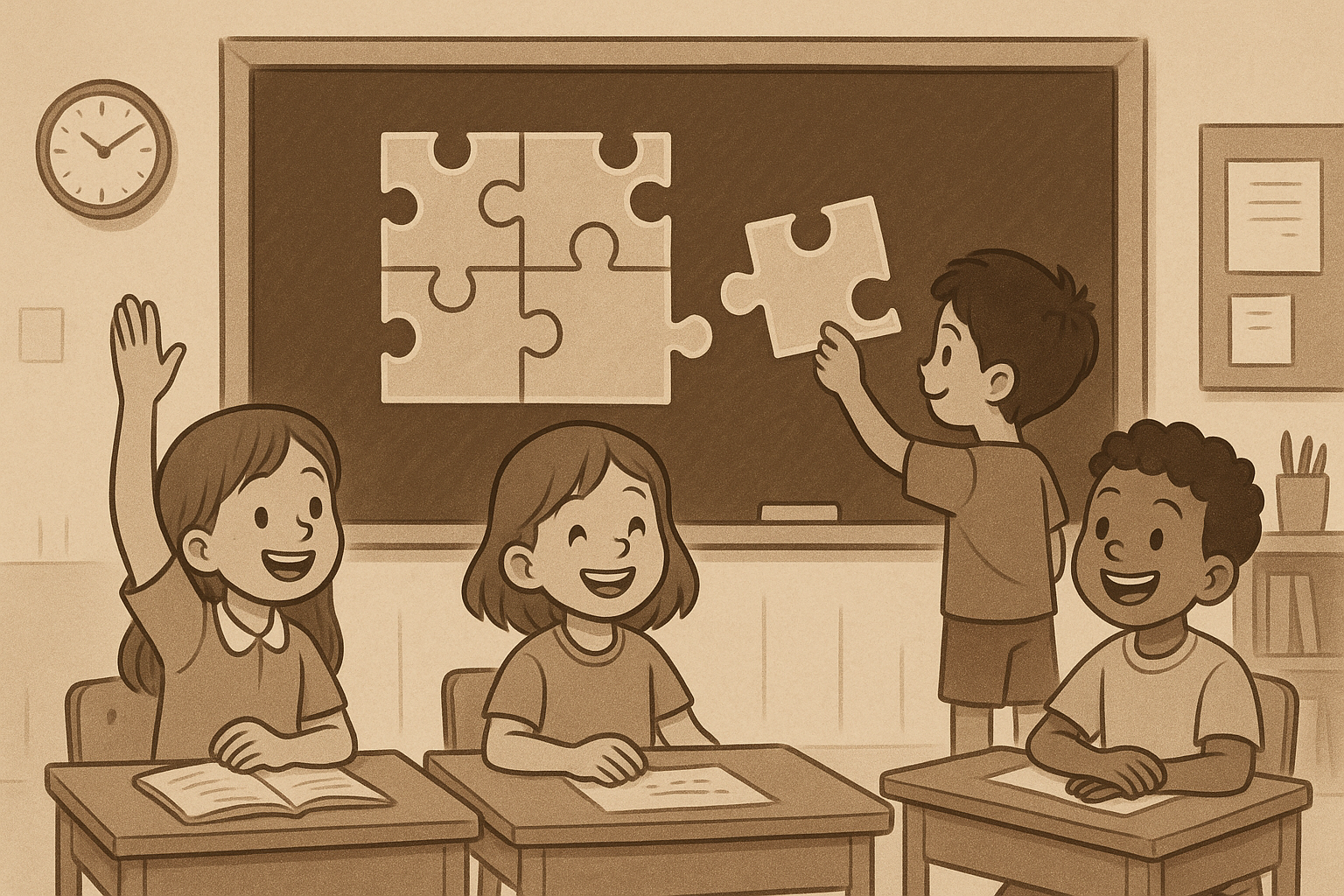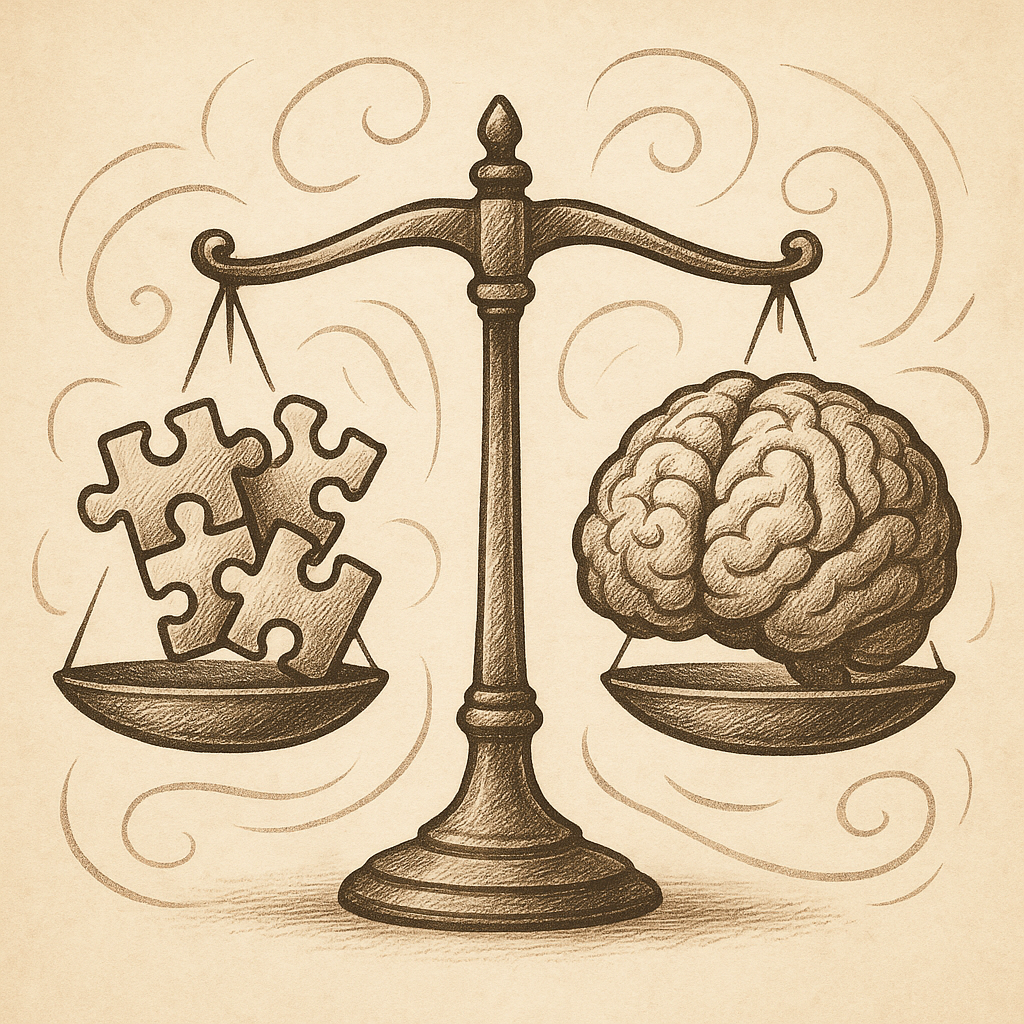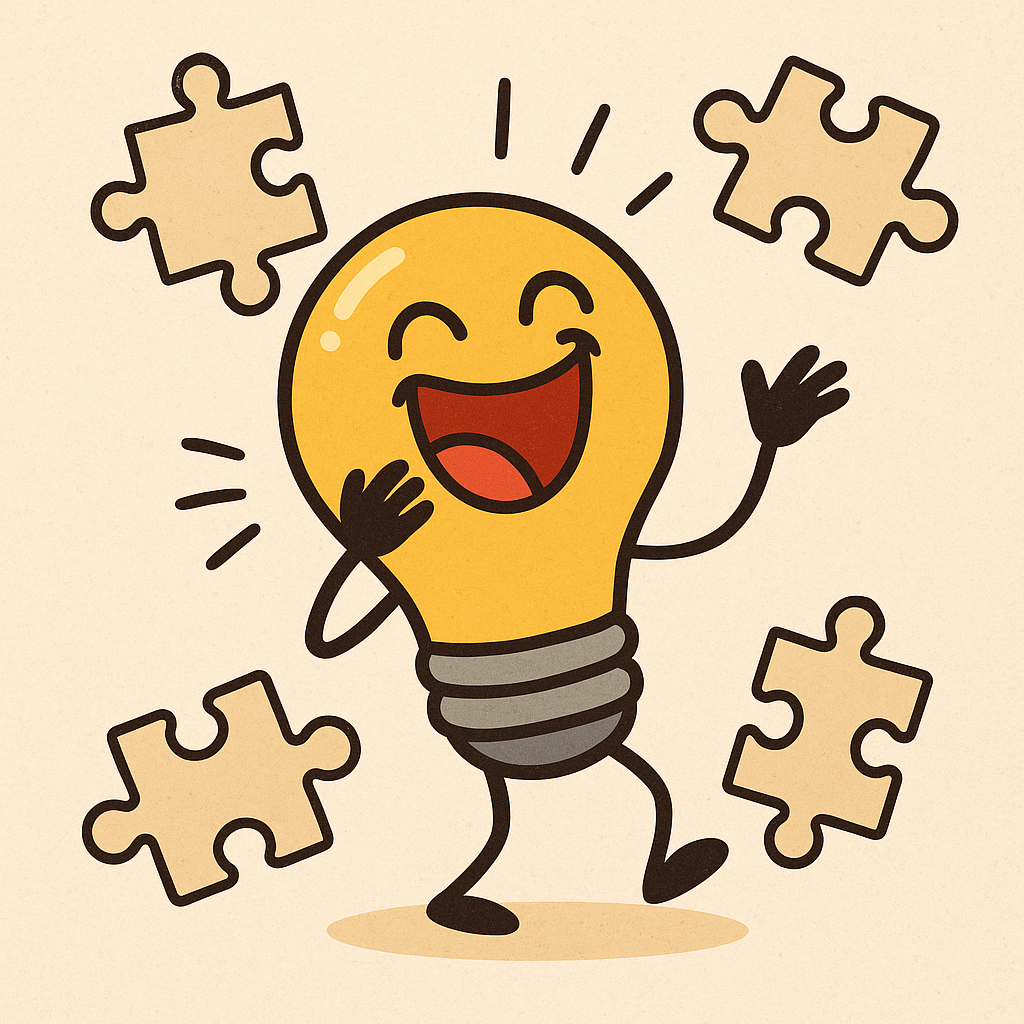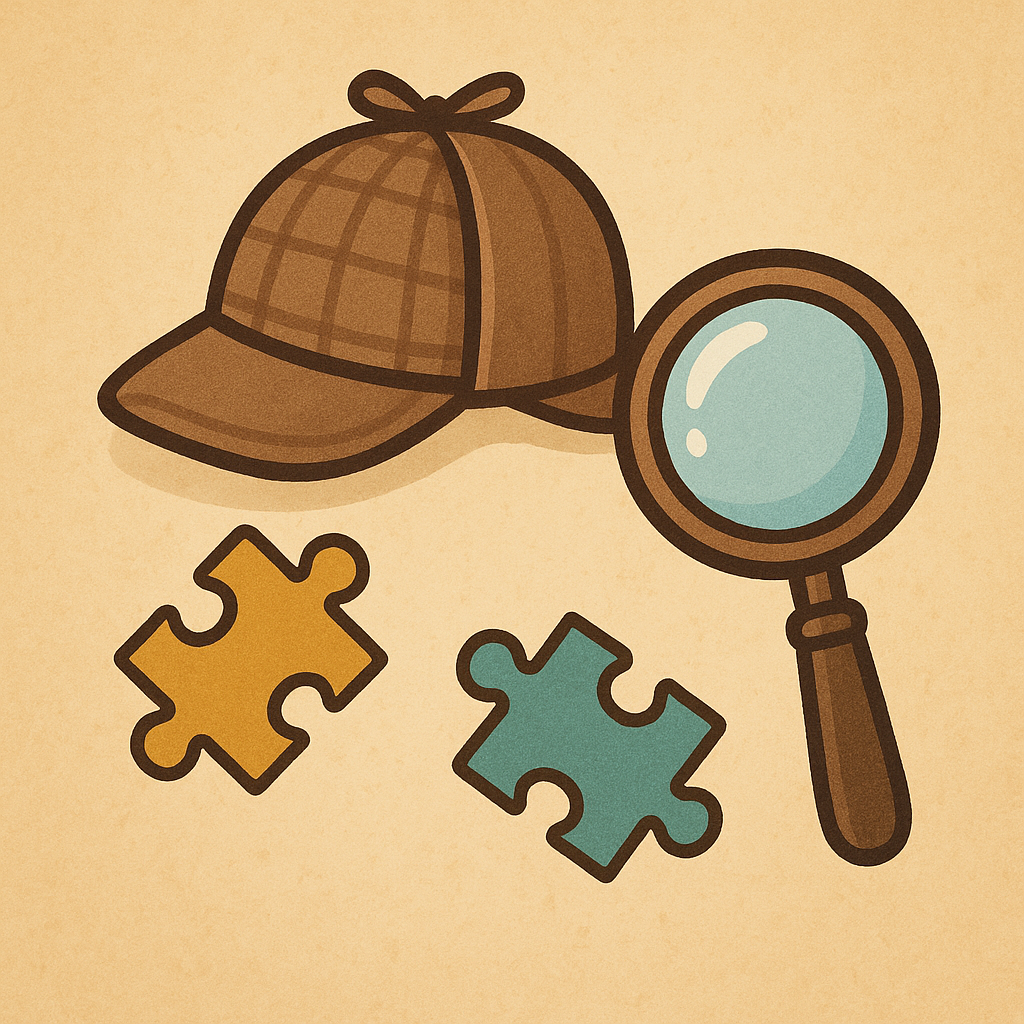Riddle Poems: When Poetry Meets Puzzles explores a hybrid of literature and riddling. These verses contain hidden answers, requiring readers to unravel metaphors and wordplay.
History of Riddle Poems
Riddle poems have been part of oral traditions worldwide. The Exeter Book, an Old English manuscript from the tenth century, includes several riddle poems that remain unsolved today. In Scandinavian folklore, riddles were woven into ballads, challenging listeners at feasts.
Examples of Riddle Poems
Here’s a classic riddle poem:
White field, black seeds, Every woman plants the seeds, Every man harvests the seeds. What am I?
Answer: A page with letters. Each person writes on white paper and readers harvest the text.
Another example comes from the South Pacific:
I am taken from a mine and shut up in a wooden case, from which I am never released, and yet I am used by almost every person.
Answer: Pencil lead (graphite).
Write Your Own Riddle Poem
To craft a riddle poem, choose an everyday object. Think of its features, functions and context. Describe these in metaphorical language while hiding the object’s name. End with a question or invitation to guess. Share with friends to see who figures it out.
Internal links: Discover more educational riddles with our classroom riddles or enhance your vocabulary with “What am I?” riddles.

